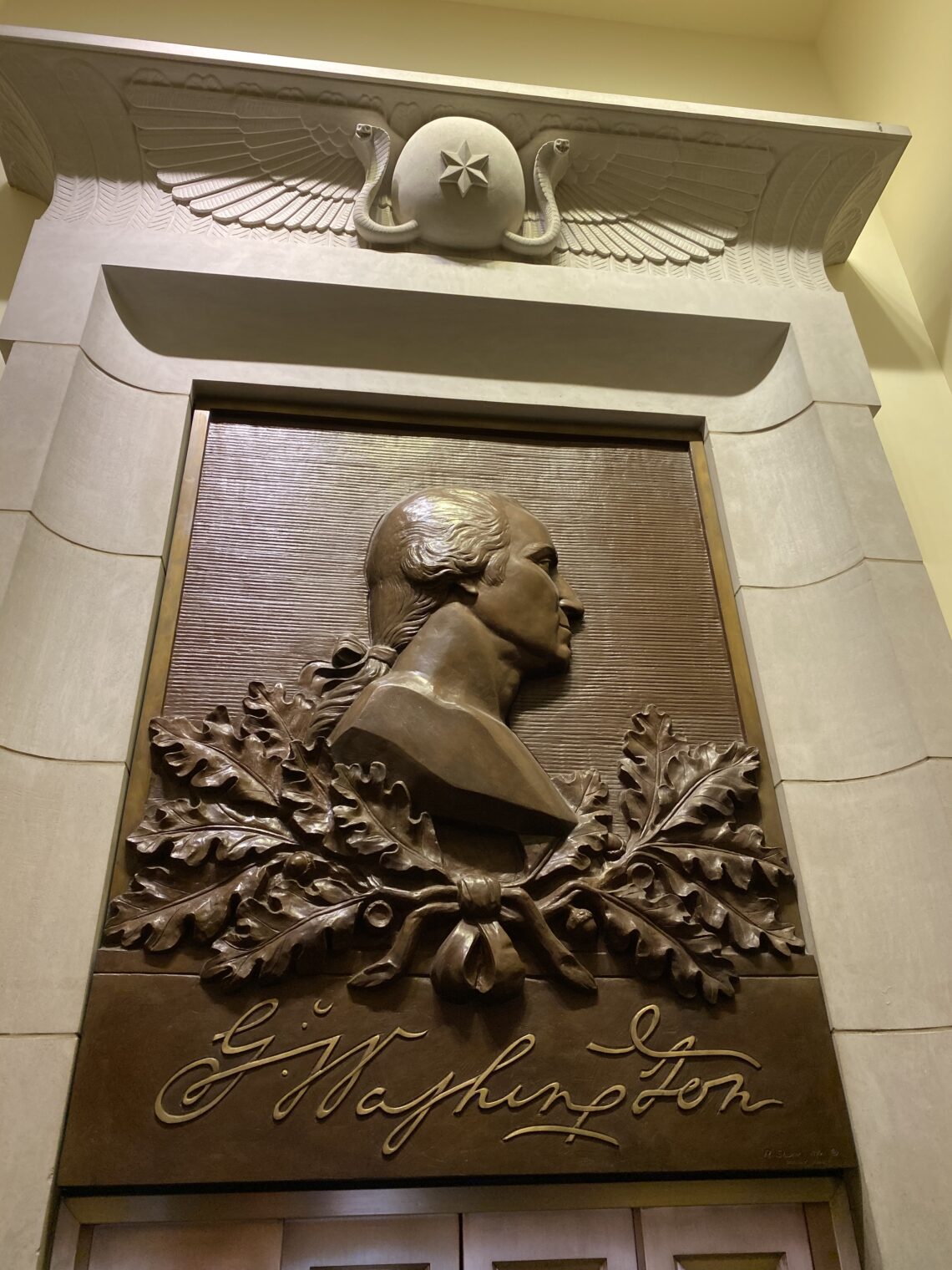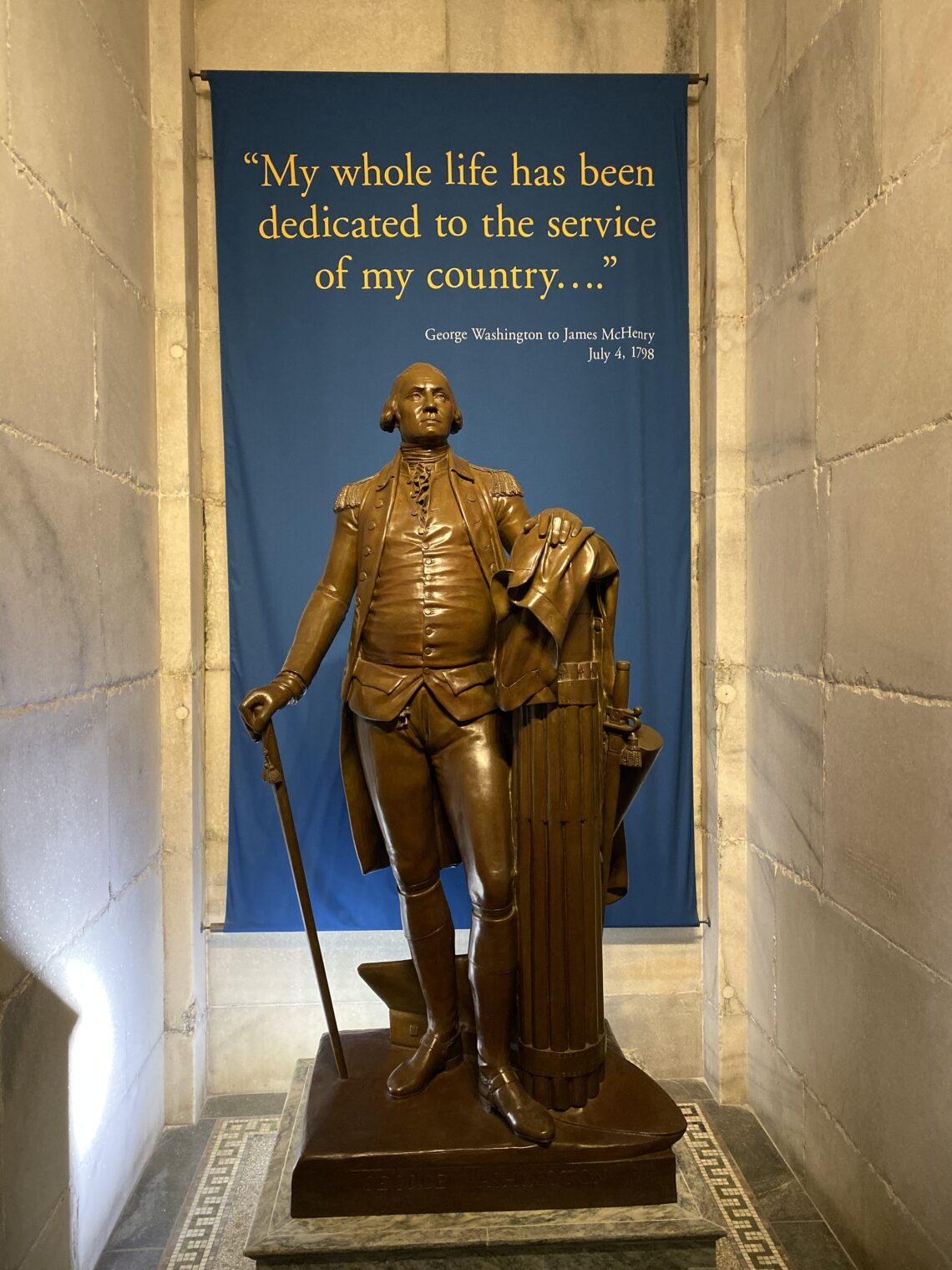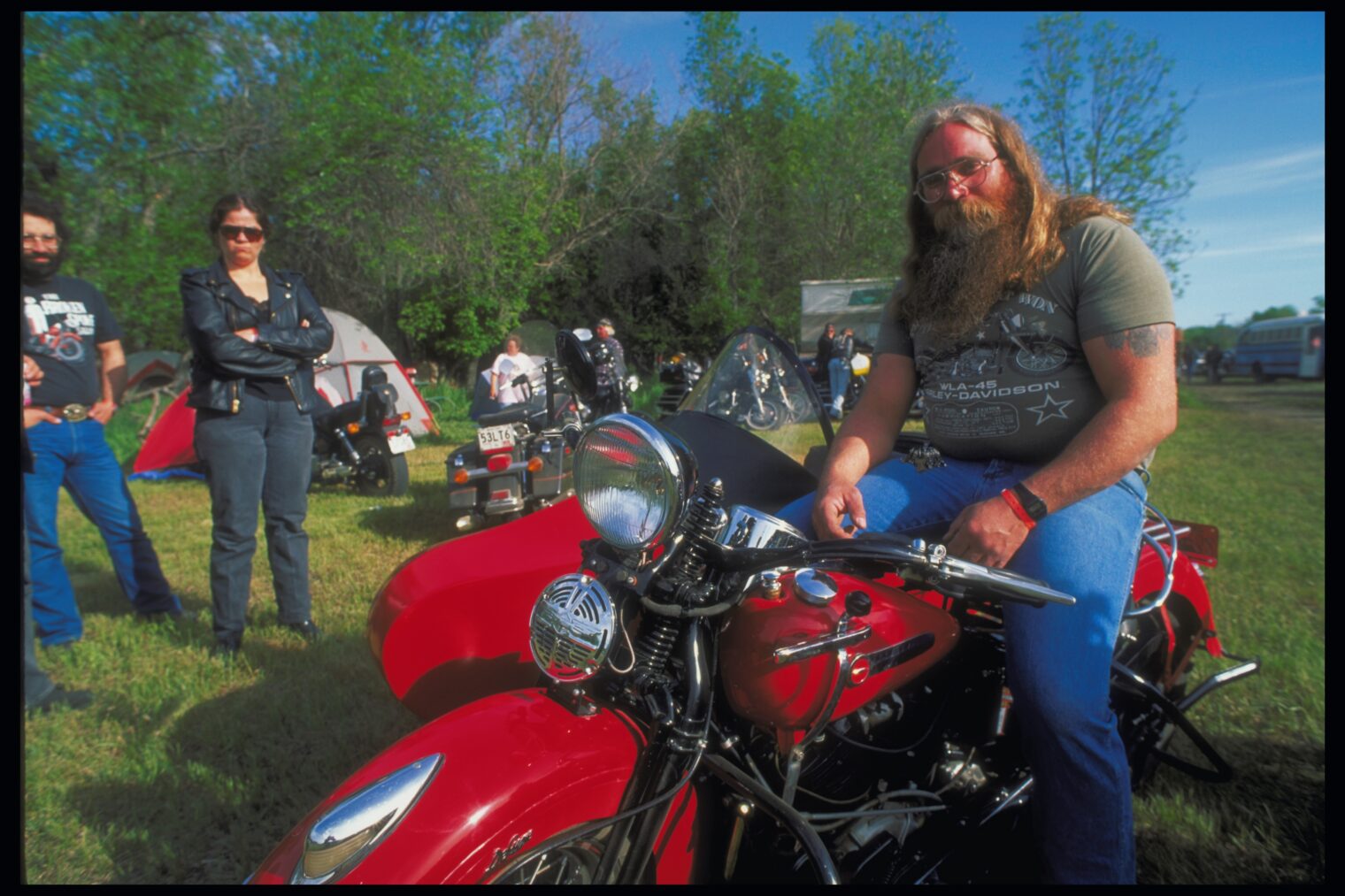Medical School 2020, Year 3, Week 6 (Exams)
Sunday and Monday with the trauma service team. They don’t expect much from students this week because they know that we’re thinking about the exams that start on Tuesday. Ted, my chief, tells instructs me, “You can go study in the student lounge. We’ll let you know if anything interesting pops up.”
There are only 183 UWorld surgery questions. It takes about five minutes per question, each of which has five possible answers, to pick an answer and then read the explanations associated with each possible answer. I have studied all but 44. M4s and previous clases recommended getting through the Internal Medicine gastrointestinal and pulmonology questions as well because they all overlap with the Surgery SHELF exam. Surgeon Sally and Christian Charlie both finished the 113 GI and 123 pulmonology questions on top of the surgery questions.
In the ED, we have a skinny 26-year-old patient who was in a head-on collision. He is in no apparent distress, with some minor hip pain that is well controlled on 5 micrograms fentanyl. An x-ray shows a femoral head (top of femur) fracture extending into the acetabulum (hip bone). Was he drinking? He replies in a muted, monotone voice: “No.” Use any drugs? “I’ve used meth and heroin in the past. I wasn’t using anything.” Nurses keep telling him how amazing it is he came out with only minor injuries after a 65 mph crash, but he doesn’t perk up.
What do you do for a living? “I worked in a mechanic shop, but I’m between jobs. I lost my job two weeks ago.” He shrugs. “It’s whatever.” Ted joins me in the ED, recognizes the last name, and we admit the patient to our service (“trauma”), and consult orthopaedic trauma service. Our job is mostly coordination with more specialized services.
We are placing orders in the ED when the patient’s father and mother arrive. The father is a well-respected doctor in the hospital. Out in the hallway, the parents report that their sonhas been diagnosed with schizophrenia and major depressive disorder, but refuses to seek help for the past two years. “He’ll live with us for a few weeks, then we won’t see him for moths. He currently lives out of his car.. He’ll keep a job for a few weeks to get money for drugs, then quit.” We go back in and ask about his psychiatric history. He admits that he purposefully drove across the yellow lines into traffic. (The mother and back-seat child in the other car were not seriously injured and had been taken to a hospital without Level 1 Trauma certification.)
We place him on suicide precautions (1-1 sitter, paper gowns) and consult psychiatry. A classmate on the psychiatry service shows up. We interview the patient together. He reports that he has no active suicidal ideation since he drove into the oncoming car. The job of an inpatient psychiatrist is to determine whether the patient needs to be admitted to the psych after being medically cleared by the primary team. Even a patient who tried to kill himself 24 hours prior does not meet criteria without active suicidal ideation. Therefore, he will be referred to follow up with a different psychiatrist in an outpatient clinic two weeks later. It is the patient’s responsibility to call and make the appointment and then show up. Everyone knows that this won’t happen, but nobody takes ownership of the patient’s mental health and, even if the patient did take the necessary initiative there would be no continuity of care.
He undergoes surgery that evening for his hip. We also get a consult for radiation oncology. Why? Fractures that involve the acetabulum have a high risk of developing impingement as remodeling creates spurs into the hip joint. To prevent this, there are two options, a two week course of strong NSAID, or radiation to the hip joint to stop remodeling. He undergoes radiation the following day.
Tuesday is the simulated patient exam, starting with with mesenteric ischemia (poor circulation to the small bowel). I walk in to a screaming 60-year-old. The challenge is to perform a physical exam while she is squirming on the bed in pain. After the encounter, I’m writing a note and able to view the PMHx (medical history). The diagnosis becomes clear after reading about the two previous heart attacks and paroxysmal atrial fibrillation. The second patient has classic cholecystitis (inflammation of the gallbladder). The patient reports nausea, vomiting and RUQ abdominal pain. When I ask her to take a deep breath while applying pressure under her right ribs, she jumps off the table (positive Murphy’s sign). She also fits the “Fat, forty, female and fertile” saying for gallbladder pathology.
The SHELF exam consisted of 110 questions over 2.5 hours. Questions were mostly second order. They would present a patient, and you would have to determine the initial management step for this diagnosis. Examples:
- A patient with sudden onset of abdominal pain and vomiting presents to the ED. Pain localized midway between umbilicus and RLQ. Should the patient under surgery, CT scan or ultrasound? (Older docs would be content with a clinical diagnosis of appendicitis, but the board wants CT confirmation.)
- What is the work up of an elderly patient with painless jaundice? CT scan or an endoscopic retrograde cholangio-pancreatography (ERCP, a procedure where a scope is placed down the esophagus into the stomach and duodenum; contrast dye is injected into the biliary tree under live x-ray to evaluate for any stricture or gallstone obstruction)?
- Should you give antibiotics or undergo surgery for uncomplicated diverticulitis?
- Patient with air-fluid levels on abdominal x-ray. Surgery or aggressive bowel prep?
- What is the most likely loss of function for a midshaft humeral fracture? Axillary or Median nerve palsy?
I got 79 percent right. The mean across all medical schools is 74 (standard deviation: 8), but these are averaged without regard to rotation order. Surgery, Pediatrics, and Internal Medicine are known as the most challenging SHELF exams. Studying more wouldn’t have helped much. Recommendation: study the indications for exploratory laparotomy, management of appendicitis, and cholecystitis.
My Step 1 score is back. As the exam questions are changed, it takes a few months before any scores can be calculated. I get 237, disappointing because my last two practice scores were 245 and 252. (Passing is 194, mean across all medical schools is 229 with a standard deviation of 20.) Starting with the questions and practice exams earlier in the year would have helped. The best strategy seems to have been starting the UWorld questions in August and resetting the program to go through them again during the study period. Jane didn’t do that, but she made it through all of the UWorld questions and snagged a dermatology-worthy 249. Our Dean of Student Affairs is ecstatic with the class average score of 239.
[Editor: The 237 should be fine for dermatology if our author/hero checks the “Related to Elizabeth Warren in the Remnant DNA Tribe” box!]
Statistics for the week… Study: hours. Sleep: 6 hours/night; Fun: 1 night. Burger and beers with Mischievous Mary, Lanky Luke and Geezer George.
The rest of the book: http://fifthchance.com/MedicalSchool2020
Full post, including comments





